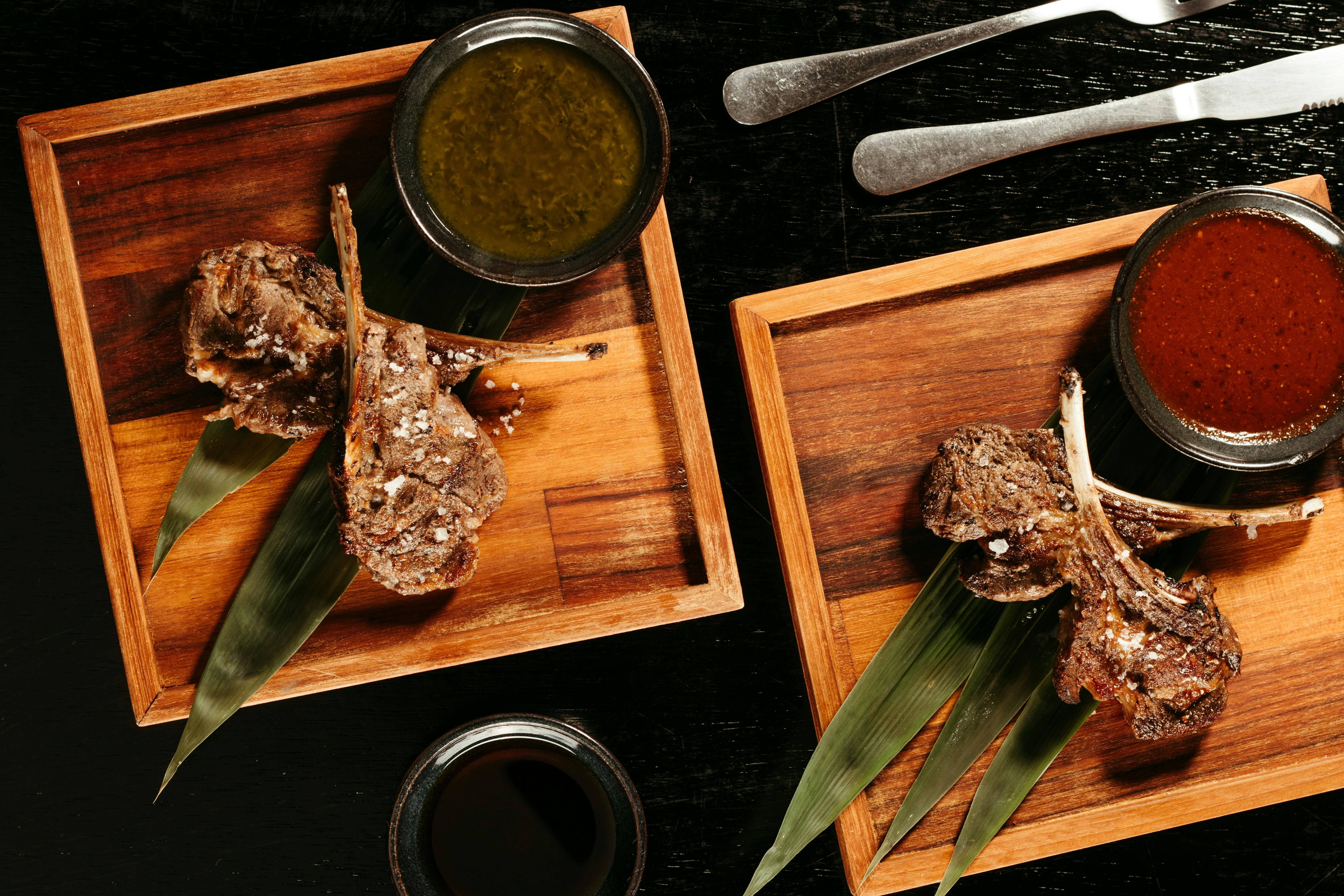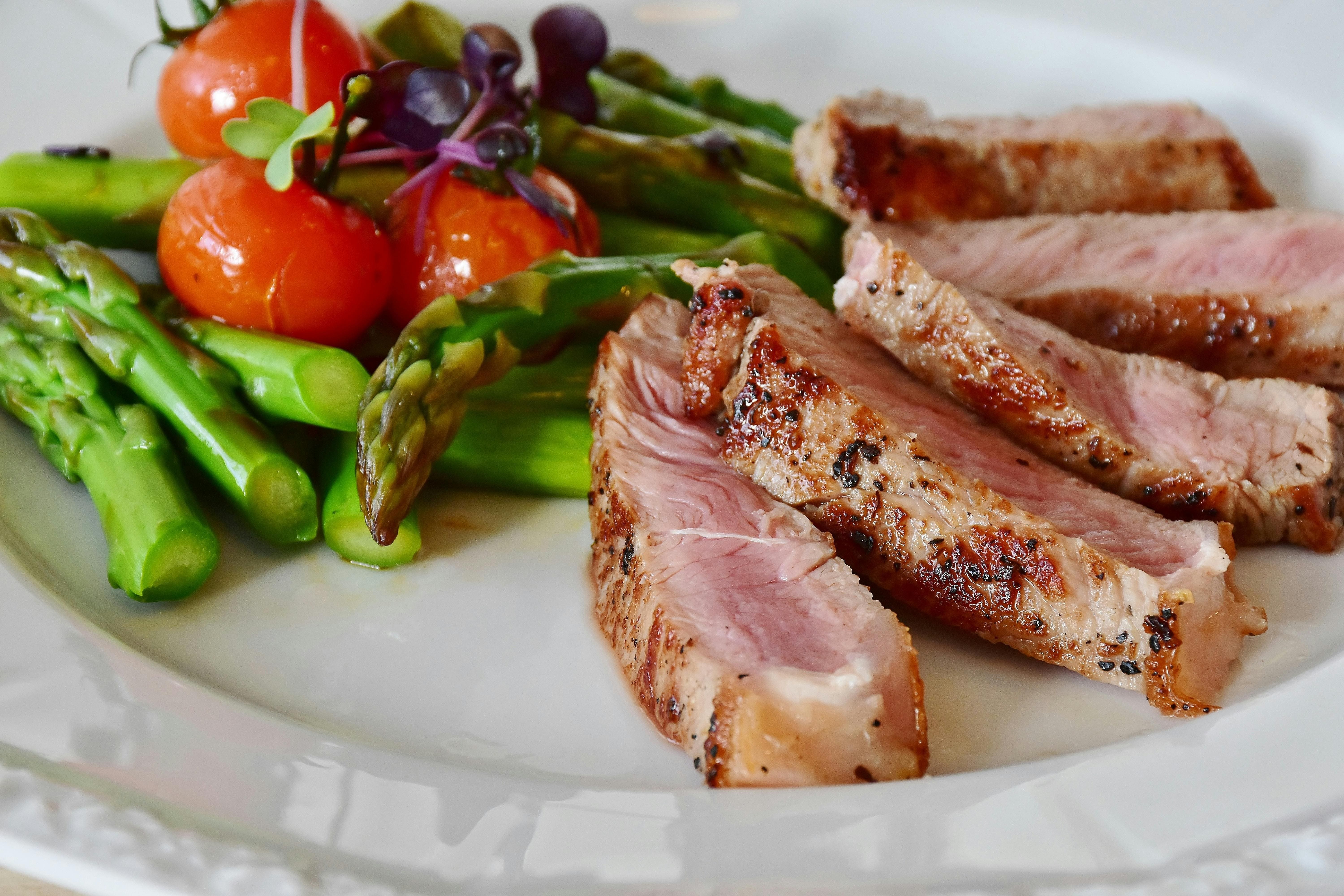Dark Meat vs. White Meat: The Ultimate Guide
In the world of chicken, there’s always that classic debate: dark meat or white meat? Some swear by the juicy, rich flavor of thighs and drumsticks, while others prefer the lean, mild taste of breasts and wings. Both have their own strengths; knowing when to use each can make a big difference in your cooking.
We’re all about helping you get the best out of every meal, so we’ve put together this ultimate guide to break down the key differences between dark and white meat. From taste and texture to nutrition and cooking tips, we’ll help you decide which deserves the spotlight in your next dish.

What’s the Difference Between White Meat and Dark Meat?

White Meat vs. Dark Meat: Flavor and Texture
Cooking White Meat vs. Dark Meat
When it comes to cooking, white and dark meat have their own sweet spots to bring out the best flavor and texture. Knowing how to cook each one can make a huge difference in your meals, whether you’re aiming for juicy and tender or lean and perfectly cooked.
Here’s how to make the most of each.
Here’s how to make the most of each.
Cooking White Meat
White meat can dry out easily, so it’s all about keeping it tender and flavorful:
- Grill or bake with care: Quick cooking methods like grilling or baking work well, but be sure not to overcook. White meat does best with a bit of marinade or seasoning to keep it moist.
- Poaching for juiciness: Poaching in a flavorful broth keeps white meat juicy without adding extra fat, perfect for salads or sandwiches.
- Stir-frying: White meat’s firm texture holds up well in stir-fries, absorbing sauces quickly and cooking through without losing moisture.
Cooking Dark Meat
Dark meat’s natural fat keeps it juicy, so it’s more forgiving with longer cooking times:
- Roast or braise for rich flavor: Slow roasting or braising helps dark meat soak up flavors while staying incredibly tender.
- Perfect for grilling: Dark meat’s fat content means it won’t dry out as easily, so it’s great for grilling, especially when marinated.
- Fry for crispy, juicy results: Dark meat shines when fried, staying moist and flavorful under a crispy coating.
Dark Meat vs. White Meat in Different Dishes
We’ve covered the basics of what makes white meat and dark meat different, when to use each type, and how to cook them for the best results. But how do they actually play out in your favorite dishes?
Choosing between dark and white meat can transform the final flavor and texture of a meal, so here’s a closer look at which types of dishes highlight each one best.
Choosing between dark and white meat can transform the final flavor and texture of a meal, so here’s a closer look at which types of dishes highlight each one best.
White Meat in Light and Fresh Dishes
White meat is perfect for dishes that are light, fresh, or need a more subtle flavor.
Here’s where it works well:
Here’s where it works well:
- Salads and grain bowls: White meat’s mild flavor and lean texture add protein without overpowering lighter, fresh ingredients. Grilled or poached chicken breast works well in salads, grain bowls, or Mediterranean-style plates with fresh veggies, herbs, and lighter dressings.
- Pasta dishes: When you want the pasta and sauce to be the stars, white meat provides a protein boost without adding richness. Think dishes like chicken Alfredo, pasta primavera, or a classic chicken Caesar salad.
- Asian-inspired stir-fries: White meat’s firm texture stands up well to high-heat stir-frying, blending easily with vegetables and light sauces. Chicken breast slices add protein without overpowering flavors in dishes like teriyaki chicken stir-fry or chicken and vegetable lo mein.
- Sandwiches and wraps: White meat’s neutral taste pairs well with a variety of fillings and spreads, making it a great choice for lighter sandwiches and wraps where you want other ingredients—like crisp lettuce, fresh tomatoes, and tangy dressings—to pop.
Dark Meat in Hearty, Bold Dishes
Dark meat’s richer flavor and juiciness make it a natural choice for dishes that call for depth and a bit of extra fat.
Here’s where it’s at its best:
Here’s where it’s at its best:
- Roasts and braises: Dark meat shines in slow-cooked dishes where it can soak up seasonings and stay tender. It’s ideal for oven-roasted chicken thighs, braised dishes, or chicken cacciatore, where the meat becomes meltingly soft and flavorful.
- Grilled or barbecue recipes: Dark meat’s fat content means it stays juicy on the grill, even under high heat. It’s the go-to for grilled chicken legs or smoky barbecue chicken, where you want bold seasonings and a juicy texture that won’t dry out.
- Curries and stews: Dark meat holds up to simmering, making it perfect for dishes with strong spices and thick sauces. Think chicken curry, spicy chicken gumbo, or a rich coq au vin. The meat stays moist and infuses the dish with flavor.
- Fried chicken: Dark meat’s juiciness is ideal for frying, as it remains tender even after a crispy coating forms. Drumsticks and thighs are the stars in fried chicken recipes, giving you that satisfying contrast between crispy outside and juicy inside.
What Are Some Other Meats To Try?

Duck Meat
Duck meat stands out with its rich, flavorful profile that can elevate any dish from ordinary to extraordinary. Known for its higher fat content and dark, tender meat, duck is perfect for roasting or braising to achieve a crispy skin and succulent interior. Try incorporating duck into a savory orange sauce dish or use it to make a luxurious ragu.

Turkey Meat
Turkey isn't just for Thanksgiving. This versatile poultry offers both white and dark meat, making it suitable for a variety of dishes year-round. Turkey breasts can be roasted or grilled for a lighter option, while the darker leg meat provides more flavor and moisture, ideal for slow-cooked meals like stews or hearty chili.

Lamb
Lamb is celebrated for its strong, distinctive flavor that pairs well with robust seasonings and herbs. It's particularly popular in Mediterranean and Middle Eastern cuisines. From grilled lamb chops marinated in garlic and rosemary to a slow-cooked lamb shoulder with Moroccan spices, this meat offers a tender and juicy option for those looking to try something a bit different.

Beef
Beef offers a wide range of cuts that can be cooked in numerous ways, from quick-searing steaks to slow-cooking roasts. Its versatility makes it a staple in kitchens worldwide. For a change, explore lesser-known cuts like skirt steak or hanger steak, which deliver rich flavors perfect for grilling or broiling.

Pork
Pork's mild flavor and tender texture make it incredibly versatile, suitable for various cooking methods, including frying, grilling, and roasting. Explore dishes beyond the typical pork chops, such as pulled pork seasoned with a smoky barbecue rub or a traditional pork tenderloin adorned with a spicy apple glaze.